
It’s no news that the COVID-19 pandemic has upended the restaurant industry, threatened bars and cocktail lounges with obsolescence, interrupted supermarket supply chains, and altered eating and drinking habits across the land. (Here are 20 ways the pandemic has changed restaurants for good.)
None of those challenges, however, have stopped the constant innovation in those areas. Responding to evolving tastes, technological developments, and new economic realities, the restaurant, bar, supermarket, hotel, and food and drink production industries continue to roll out new products and services, both responding to and helping to create consumer demand.
What can we expect from food and drink this year? To assemble a list of some of the more likely trends for 2022, 24/7 Tempo consulted prognostications from numerous sources, including Baum + Whiteman, Carbonate, Nation’s Restaurant News, the National Restaurant Association, the Institute of the Future, U.S. News and World Report, Deloitte, Liquor.com, Wine Enthusiast, SmartBrief, Pinterest, and Hospitality Insights.
Click here to see food and drink trends for 2022
The list includes both indisputable mega-trends (ghost kitchens and sidewalk dining are almost certainly here to stay) and minor newcomers to the scene that are likely to be more ephemeral (K-dogs, anyone?). Whatever the particulars, anyone who eats and drinks in America — and in some cases beyond our shores — will most probably encounter some, if not all, of these trends in the months to come. (Here, though, are some food trends we hope never make a comeback.)

Touchless ordering and payment
Table cards with QR codes instead of menus; self-service kiosks at fast-food places; portable payment terminals that you just wave your credit card chip at, and more — innovations like these were introduced, or at least popularized, in the early days of the pandemic, when everybody was afraid of catching the virus from surfaces. That fear has eased, but customers and restaurateurs alike have gotten used to the convenience (and sometimes financial savings) associated with these innovations, so they’ll likely only proliferate.
[in-text-ad]

Robot servers and cooks
“Accelerated adoption of robots and other forms of automation in the restaurant industry will be the #1 trend for 2022 and for years beyond,” according to a report from the culinary consulting company Baum + Whiteman. Faced with staff shortages due to the pandemic and the concurrent Great Resignation, restaurants — primarily but not exclusively in the fast food arena — are test-driving automated order-takers, servers and bussers, even cooks who can toss salads, flip burgers, and deep-fry wings, among other kitchen tasks. Driverless delivery vehicles (and drones) are coming, too.

Streamlined (downsized) menus
Not only staff shortages, which have become chronic on all levels of the food service industry, but also supply chain issues have already led to abbreviated and/or simplified menus, and the trend shows no sign of abating. The National Restaurant Association identifies menu streamlining as one of the top 10 trends overall for restaurants this year. The good news is that downsizing might also encourage chefs to be more creative in their offerings and draw more on local rather than nationally or internationally sourced ingredients.
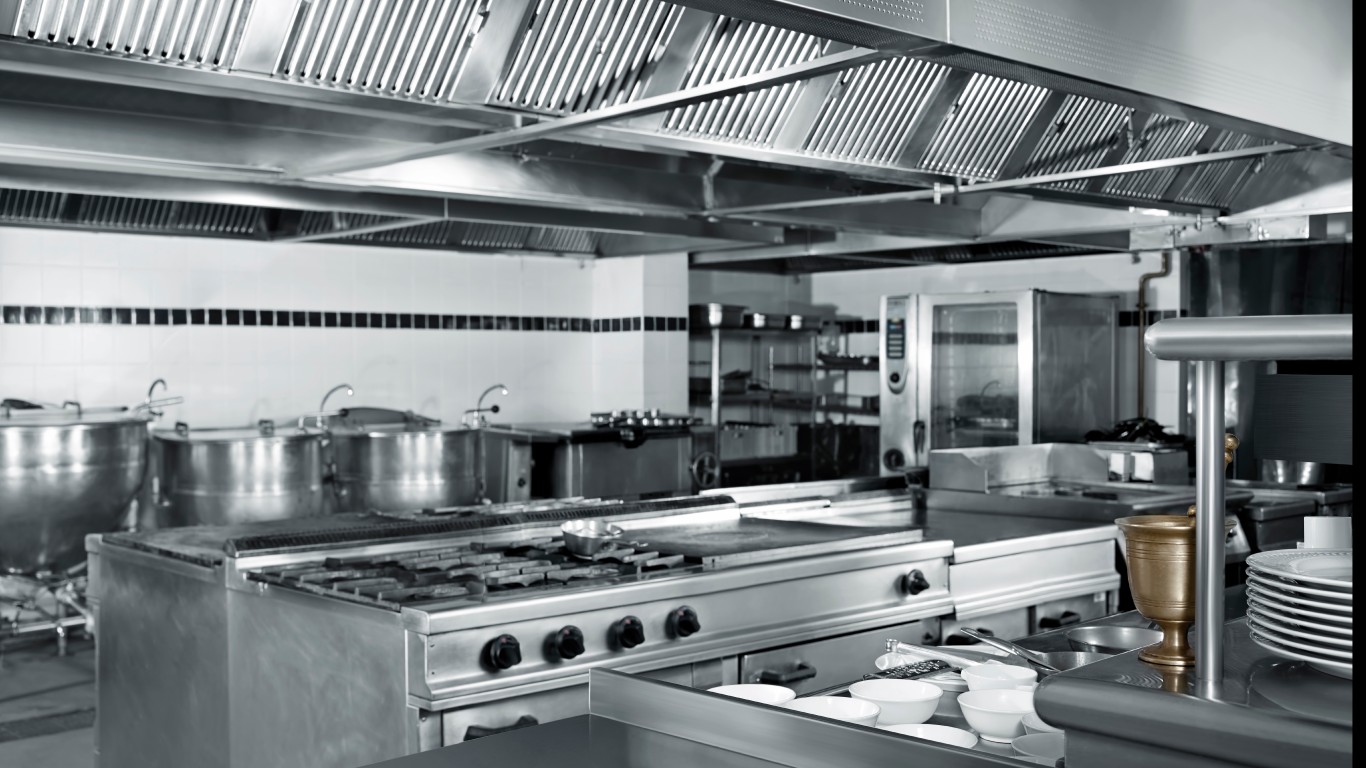
More and more ghost kitchens
Ghost kitchens, also called virtual or shadow kitchens, are delivery-only “restaurants” — professional facilities producing foods of many kinds for delivery, with no actual restaurant attached. The phenomenon grew up in the middle of the last decade, but with the advent of the coronavirus and the meteoric rise in home delivery of meals, the concept took off and shows no sign of slowing down.
If any proof were needed that this is a runaway trend for 2022, consider that TikTok has gotten into the game, with a plan to open as many as 1,000 ghost kitchens across the country this year to serve dishes that get the most viral hits (for instance, corn ribs and smashburgers). Euromoniter predicts that ghost kitchens could be a $1 trillion industry by 2030.
[in-text-ad-2]
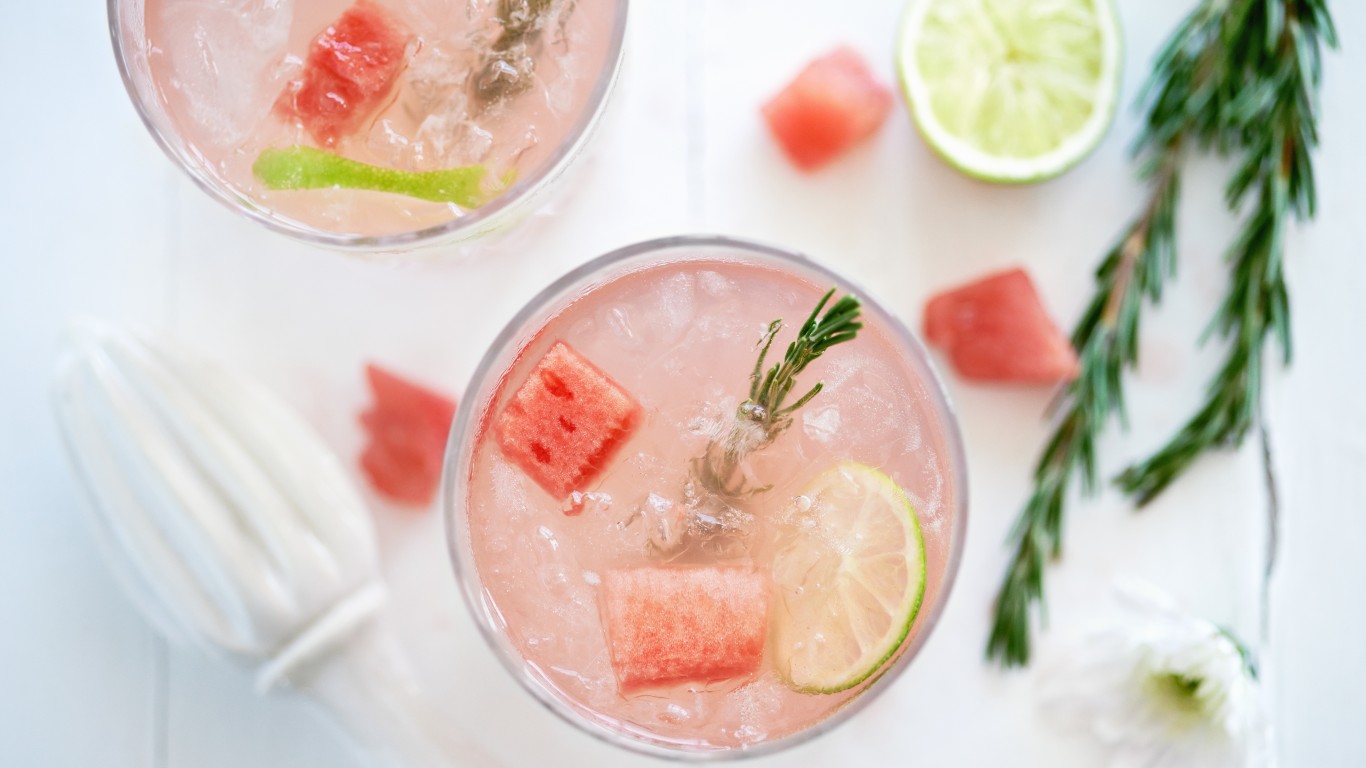
Alcohol-free beverages
Terms like “sober curious” and “mindful drinking” (and of course “dryuary,” or “dry January”) have become commonplace, as consumers — especially the 21-to-35 set — have begun to embrace the idea of cutting down on alcohol consumption without giving it up completely.
There’ve been alcohol-free or low-alcohol wines and beers for years, but now many bars and restaurants are serving imaginative non-inebriating cocktails (don’t call them “mocktails”) made not just with juices but with boozeless bitters, fancy syrups, and other ingredients. At the same time, operations like New York City’s Spirited Away and Boisson are offering a full range of alcohol-free versions of popular spirits (whisky, tequila, and more) as well as beer and wine — even no-proof artisanal IPAs.

More sidewalk dining
In July of last year, San Francisco’s board of supervisors voted to make the city’s outdoor dining “parklets” permanent. In September, then-mayor Bill de Blasio of New York announced that outdoor dining by restaurants that didn’t have built-in patios or terraces, scheduled to be closed down on Oct. 31, would be extended indefinitely. Chicago’s Expanded Outdoor Dining Program, also scheduled for cancellation, will now last through the end of 2022.
Not everyone loves the concept: There are complaints about noise, rats, lost parking spaces, and more. But measures initially adopted to give restaurants a chance to stay in business while their indoor dining rooms were closed or forced to drastically reduce capacity have revealed to a large segment of the dining public something their counterparts in other countries have known for generations: Dining outside, being able to observe the action on the streets and (at least in some places) breathe fresh air, is fun — and more agreeable than being tucked away in some dark interior restaurant corner.
[in-text-ad]
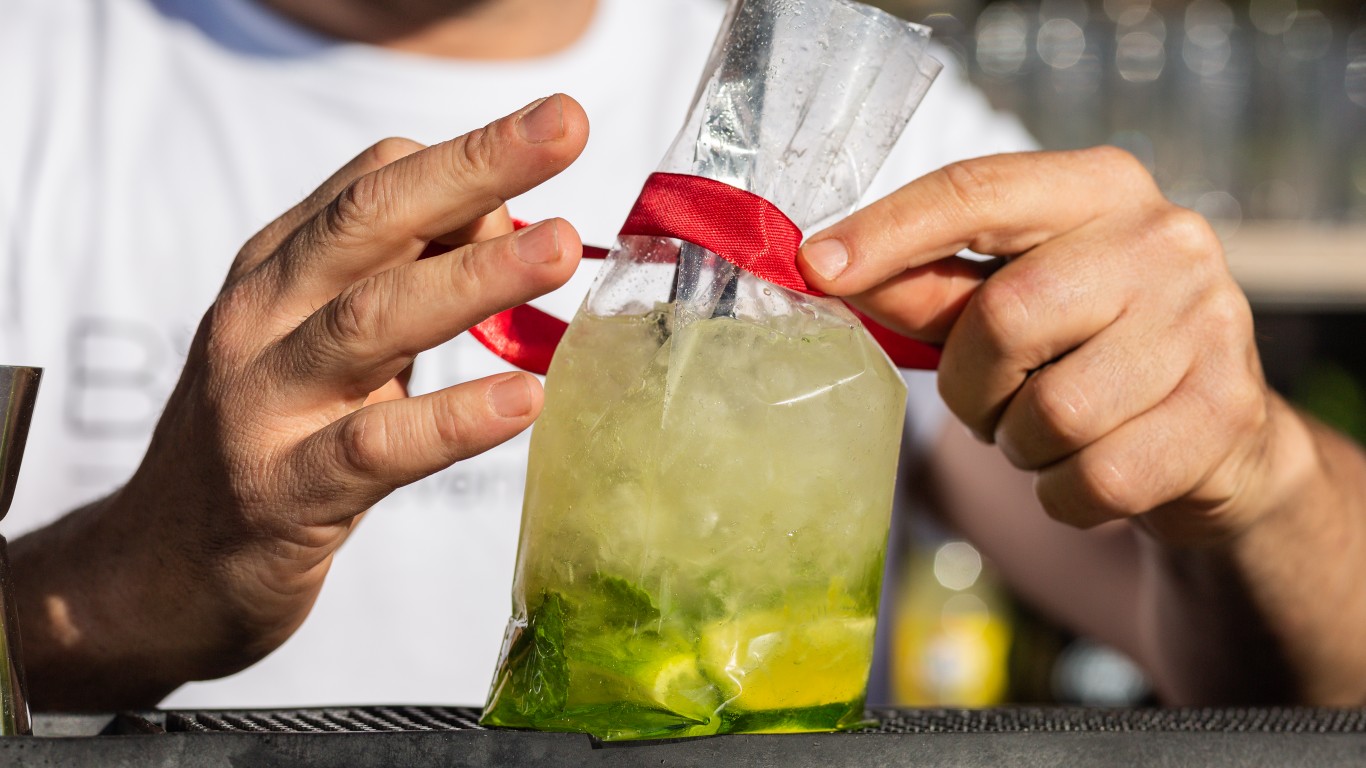
Alcohol-to-go keeps going
Another pandemic-era measure that will probably extend into the future, at least in some jurisdictions, is alcohol-to-go — wine, beer, spirits, even pre-mixed cocktails added to takeout or delivery orders. New York City permitted the practice in the early days of the crisis, then revoked permission — but decided to allow it again as omicron surged in early January. Now Gov. Kathy Hochul wants to make it permanent throughout the state.
According to the Distilled Spirits Council, some 31 states adopted alcohol-to-go programs in the early days of COVID-19. Of those, 15 have extended approval of the programs for periods of two to five years, and 16 have passed laws enshrining the practice for good.
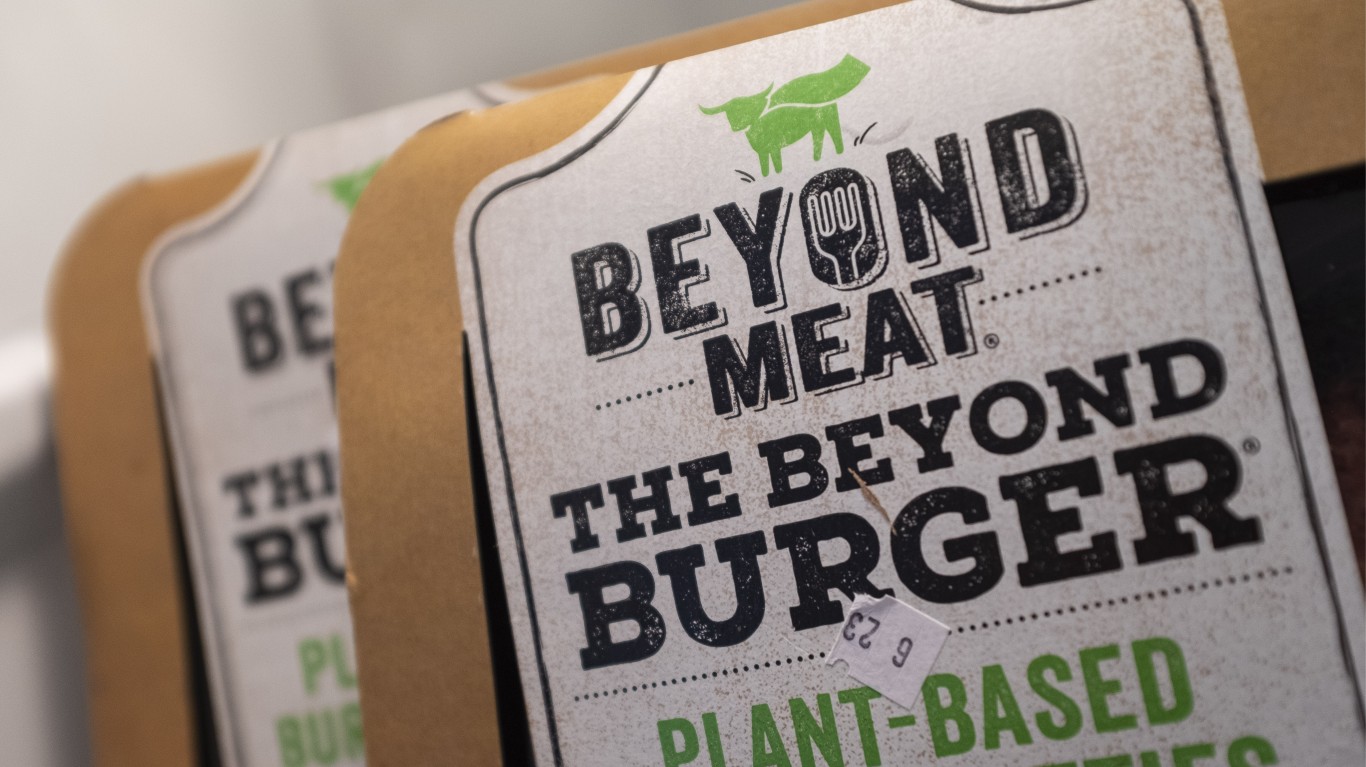
Plant-based everything
“Beyond” and “Impossible” burgers are old news by now, but seemingly every week brings news of more plant-based meat substitutes. Chipotle has added chorizo made with pea protein to the “sofritas” (spiced, shredded tofu) already on its menu, and KFC has just introduced Beyond Fried Chicken nuggets. Vegan deli meats like salami, sliced “turkey,” and “roast beef,” even a version of Black Forest ham are on the market, and a substitute for pulled pork is made out of jackfruit. Can plant-based filet mignon be not far behind?
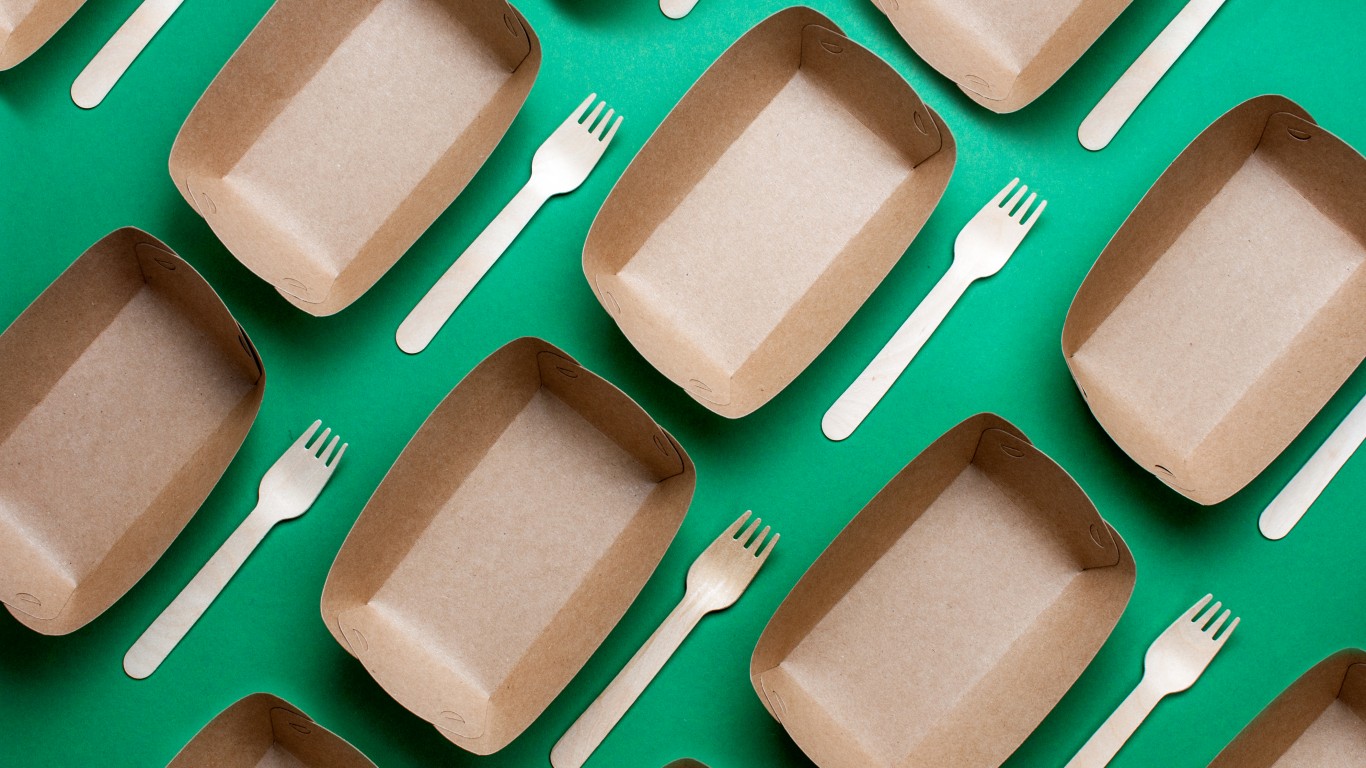
Sustainable packaging (sometimes edible)
Sustainable (meaning reusable and/or recyclable) packaging for food is the National Restaurant Association’s No. 1 food-service trend for 2022. The more consumers rely on off-premises dining (from ghost kitchens, for instance), the more important this consideration is likely to become. But instead of reusing or recycling packaging, what if you can eat it? The ice cream cone is an age-old example.
As long ago as 2014, though, Stonyfield Farm launched a product called WikiPearls, which were servings of frozen yogurt wrapped in edible gel, and a year later, KFC in the U.K. tested edible coffee cups made of cookie dough, white chocolate, and sugar paper.
[in-text-ad-2]
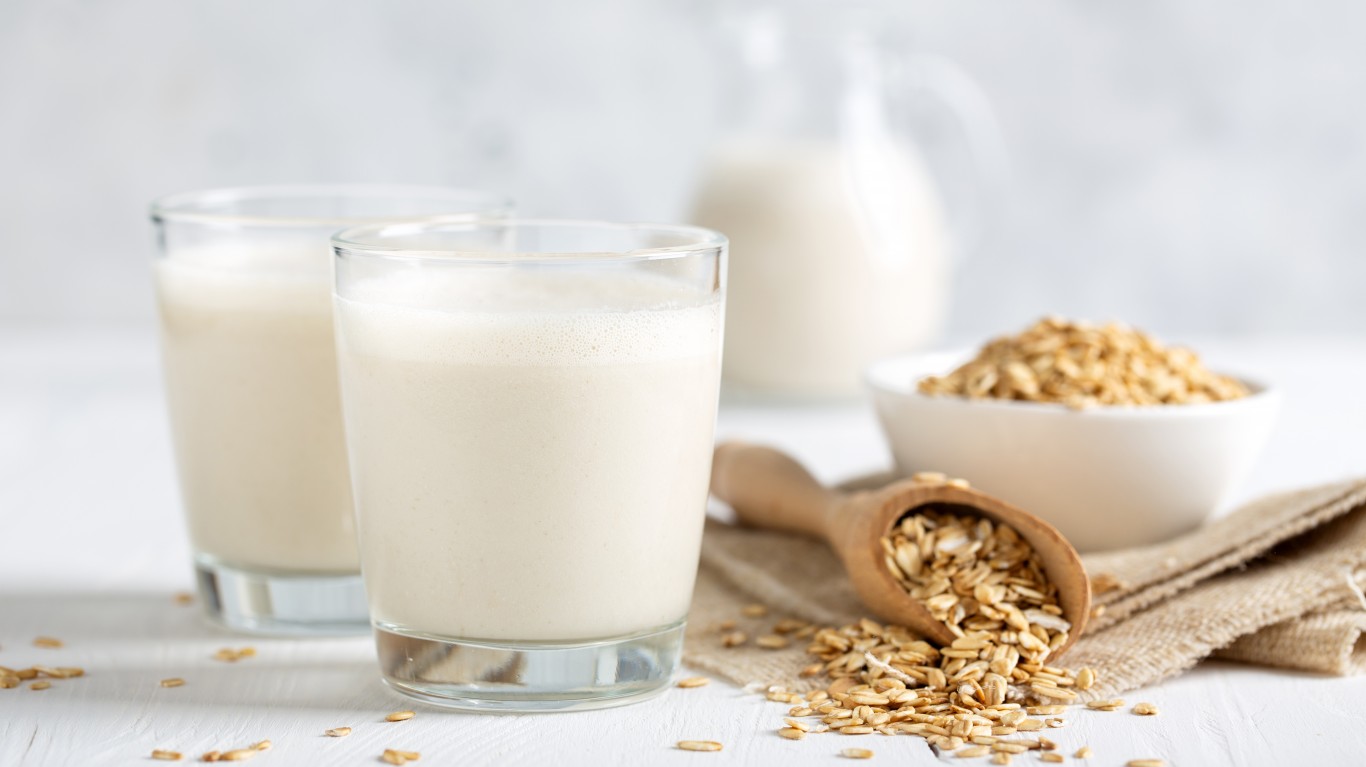
More non-dairy milks
“Milk” that doesn’t come from mammals is nothing new: Medieval cookbooks freely employ almond milk, valuable in earlier times as a vegan alternative for periods when religious dietary laws forbade the consumption of animal products. Coconut milk has been a constituent of Asian cuisines for centuries. In our own time, of course, soy milk has become a commonplace, and milk substitutes made from oats or cashews are increasingly common.
But milk-like substances can be made from all kinds of things, including hemp, rice, macadamia, pecans, peanuts, peas, and bananas — all of which are likely to be showing up more and more in packaged foods and on at least some restaurant menus in the months to come.
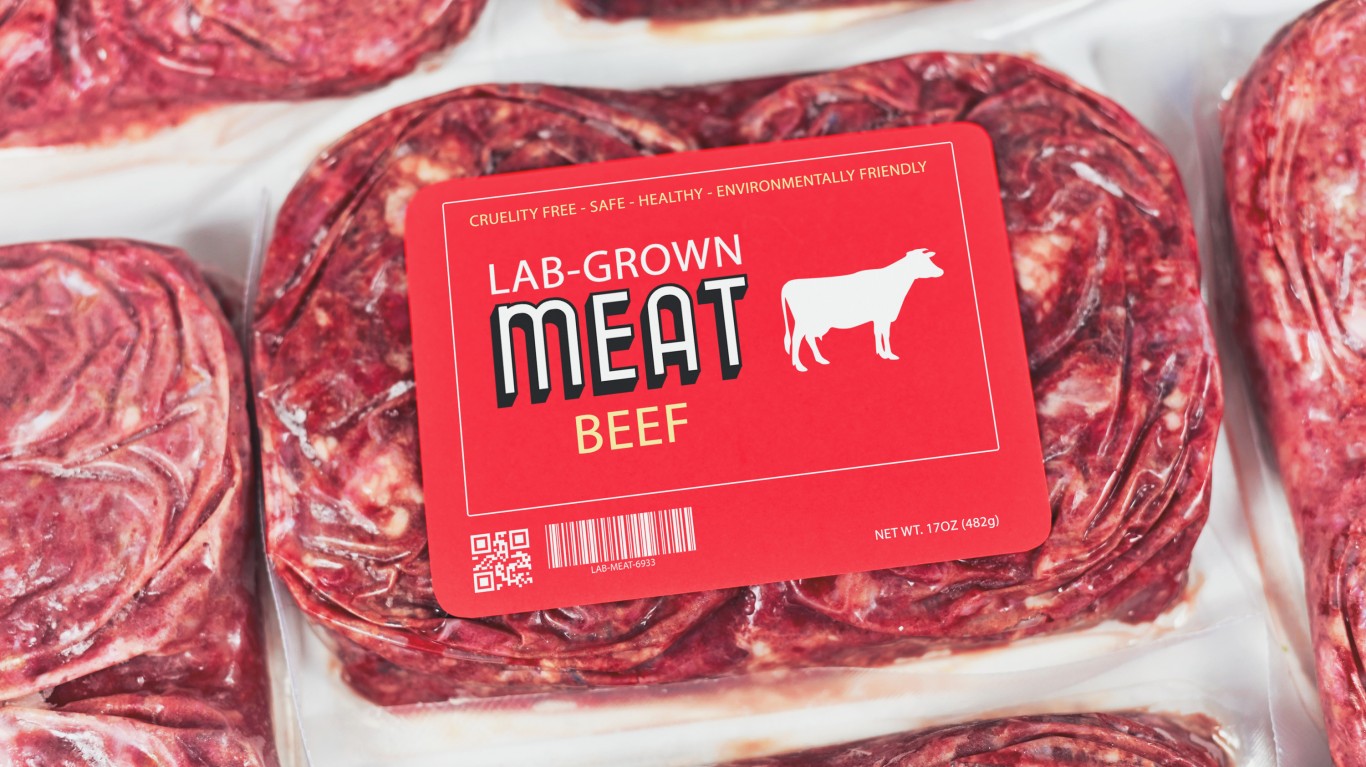
Cultured meat
Some futurists predict that cultured (or cell-based, or cultivated) meat — grown in laboratories or production facilities from small groupings of animal stem cells — could become commonly available in supermarkets by the end of next year. Berkeley-based Upside Foods (formerly Memphis Meats) produced cultured meatballs in 2017 and is now developing lab-grown chicken breasts and steak in its 53,000-square-foot plant. Other companies hope to be able to produce sushi-grade seafood from stem cells.
The USDA recently launched the National Institute for Cellular Agriculture to sponsor research into cell-based meat, and just over a year ago, Singapore became the first nation to approve the sale of such products. The FDA is rumored to be considering approval in the U.S. as well.
[in-text-ad]
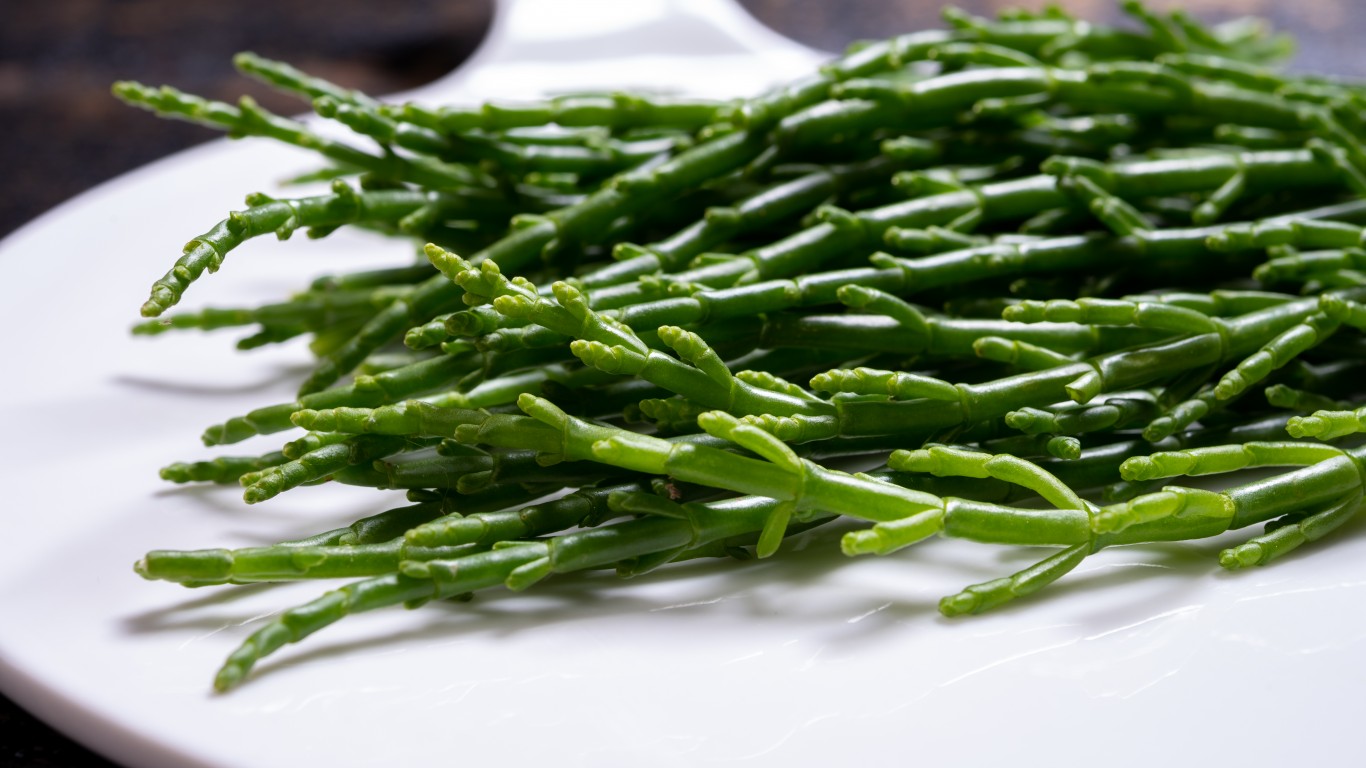
Sea vegetables
Sea vegetables (or sea greens) — including numerous varieties of seaweed — have been an integral part of traditional diets around the world, from Japan to Ireland to northern Mexico, for centuries. In addition, the commercial food industry has been using carrageenan (aka Irish moss) and other sea vegetables as emulsifiers and gelling agents for decades, and they’re also essential tools in avant-garde restaurant cooking.
Now these umami-rich substances — which need no pesticides or herbicides to grow and require no farmland or irrigation — are showing up more and more, in minimally processed forms, as snack foods (like nori chips), pasta, and even imitation seafood — like Nestlé‘s Vrimp, a shrimp substitute made with nori, peas, and konjac root.
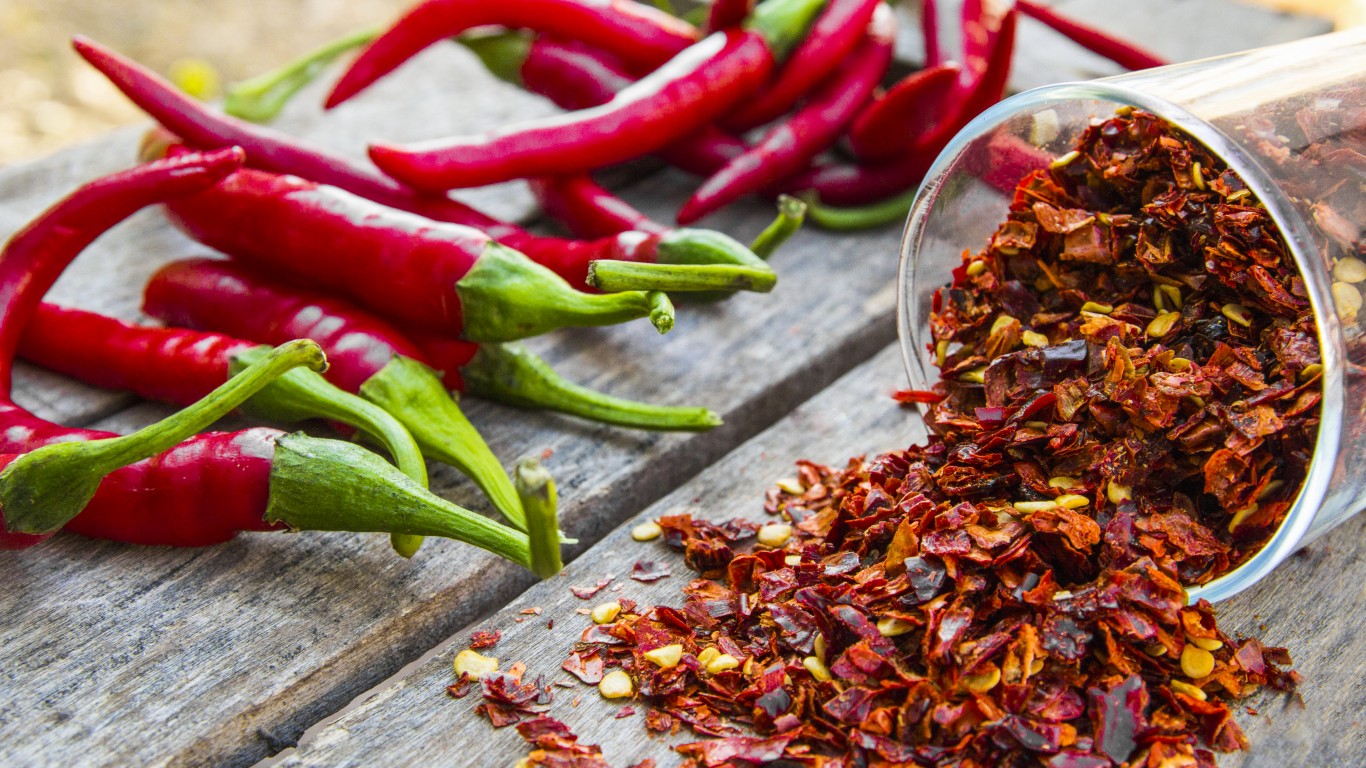
Chile crunch and salsa matcha
Chile (or chili) crunch is the condiment of the year, according to Baum + Whiteman, which predicts that “You’ll see restaurants dabbing it on pizza, spooning it over all manner of dumplings, drizzling it over ice cream, spiking spaghetti bolognese or mac-and-cheese,” and more. It’s made with numbing Sichuan peppers, crushed hot chiles, garlic, and other ingredients. Think of the dense, oily hot sauce you get at Sichuan restaurants.
A distant relative, also gaining popularity, is salsa macha (not to be confused with matcha tea) — a specialty of Veracruz, typically made from dried chiles, peanuts, sesame seeds, and garlic in olive oil. It can be used pretty much like chile crunch.
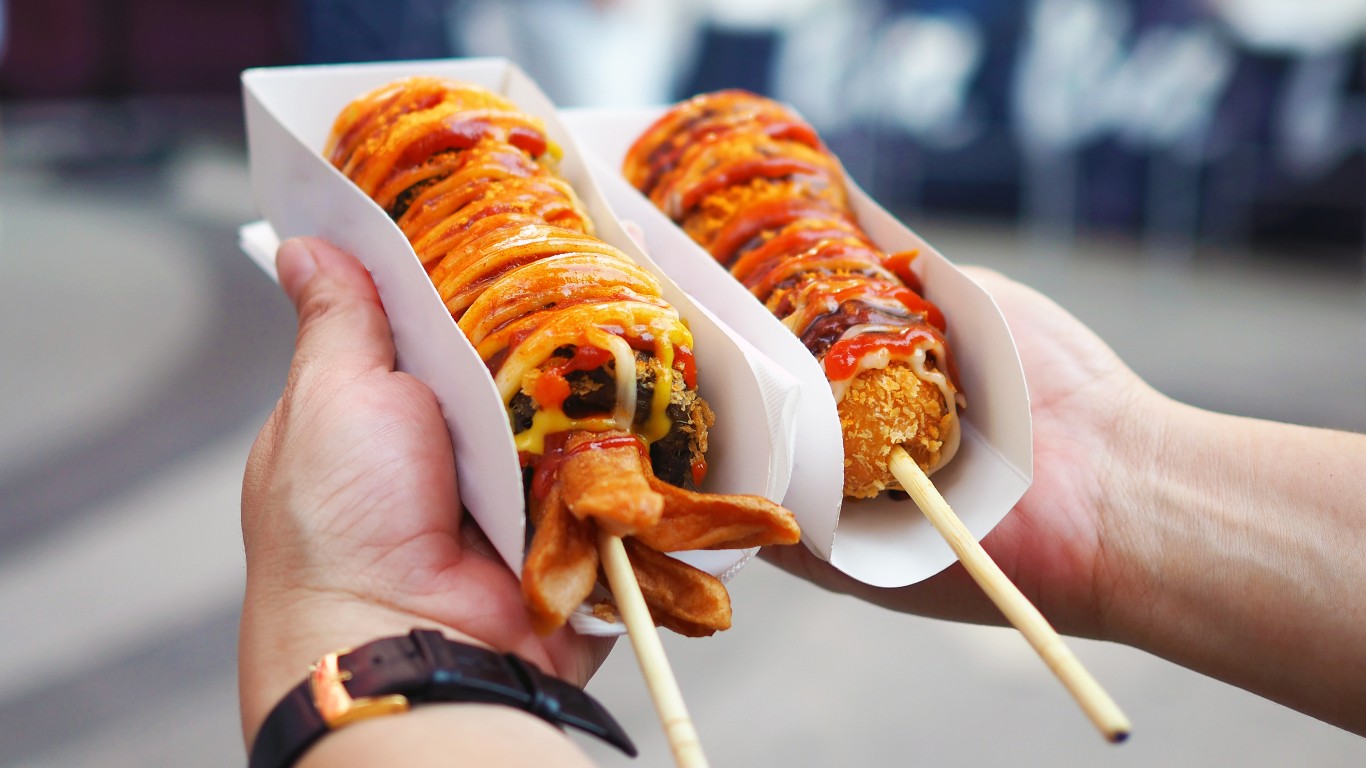
K-dogs
Everything Korean — food, pop music, movies, “Squid Game” — is hot today. In food, the most Instagrammable trend coming our way from that Asian country is most probably these Korean improvisations on the good old county fair corn dog.
They’re hot dogs on a stick, dipped in a dense, sticky batter (typically a mix of rice and wheat flours instead of cornmeal), then fried and quickly dredged in — well, all kinds of things, from breakfast cereal or mini-croutons to minced pork belly or french fries. Sauce (mustard, kimchi, sriracha aïoli, etc.) comes on the side.
[in-text-ad-2]
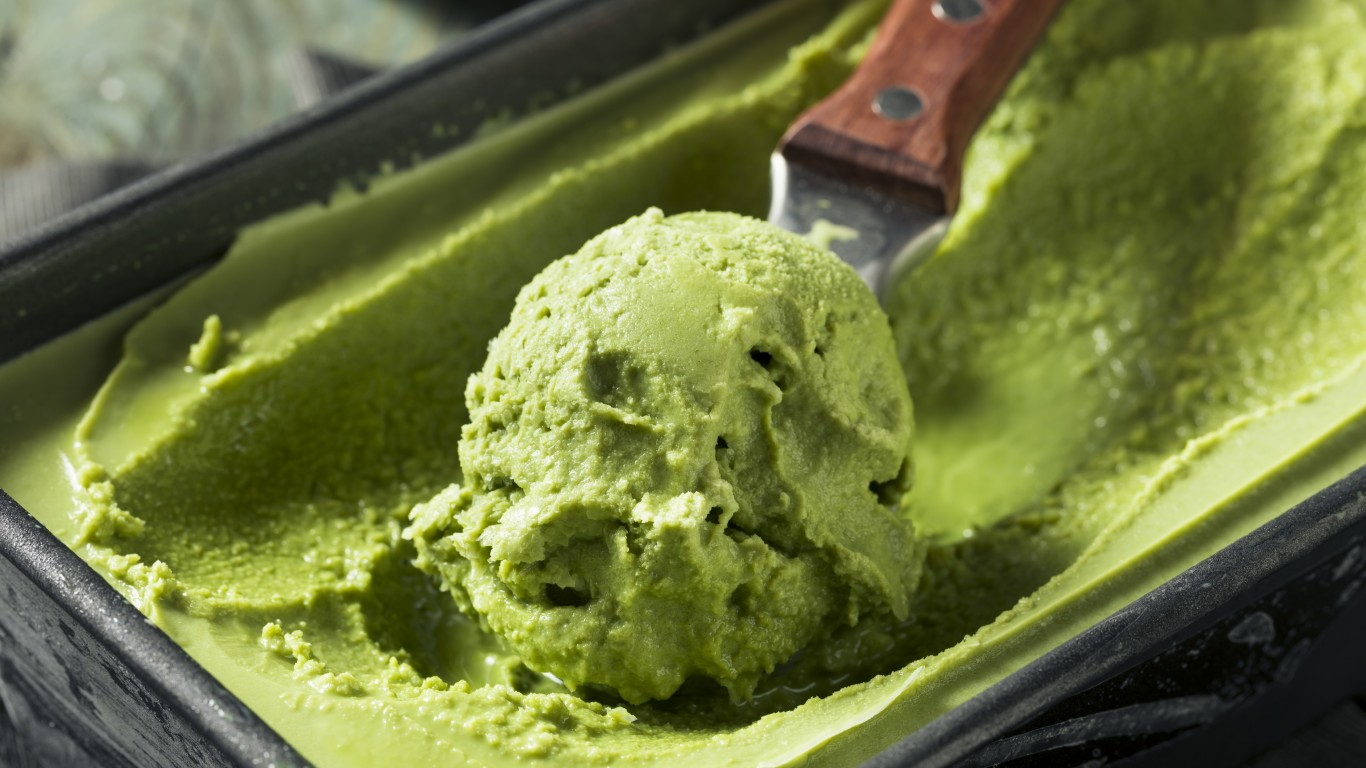
Weird(er) ice cream flavors
Avant-garde chefs have been redefining everybody’s favorite frozen treat for years (cf. Joël Robuchon’s mustard ice cream, or Ferran Adrià’s version made with foie gras). Baum + Whiteman points out that freezing unusual ingredients is nothing new — Escoffier made asparagus ice cream in the 1800s — but now such unlikely creations are getting closer to the mainstream.
The food consulting company calls out Sugar Hill Creamery in Harlem, which released ramen ice cream with miso and pickled ginger and Heritage Restaurant and Caviar Bar in Chicago, whose innovation was cheddar-sour-cream potato chip ice cream with option Siberian caviar. Then there’s Denver’s Sweet Action Ice Cream, with its goat cheese and beets variation, and the, yes, lobster ice cream at Ben & Bill’s Chocolate Emporium in Bar Harbor, Maine (where else?) Who knows what else the freezer case of the near future might hold?

Elaborate cakes
Based on pinned images on its site, Pinterest foresees a revival in interest in elaborate cakes — not cupcakes or cake pops, but the real thing. Trending search terms include “gravity defying cake ideas” and “3D cake ideas” — and sub-genres like bubble cakes (decorated with spheres made of gelatin, sugar, or other materials) and drip cakes (with frosting dripping down the side instead of slathered on) are gaining popularity. The trend will likely impact both home bakers and pastry shops.
[in-text-ad]
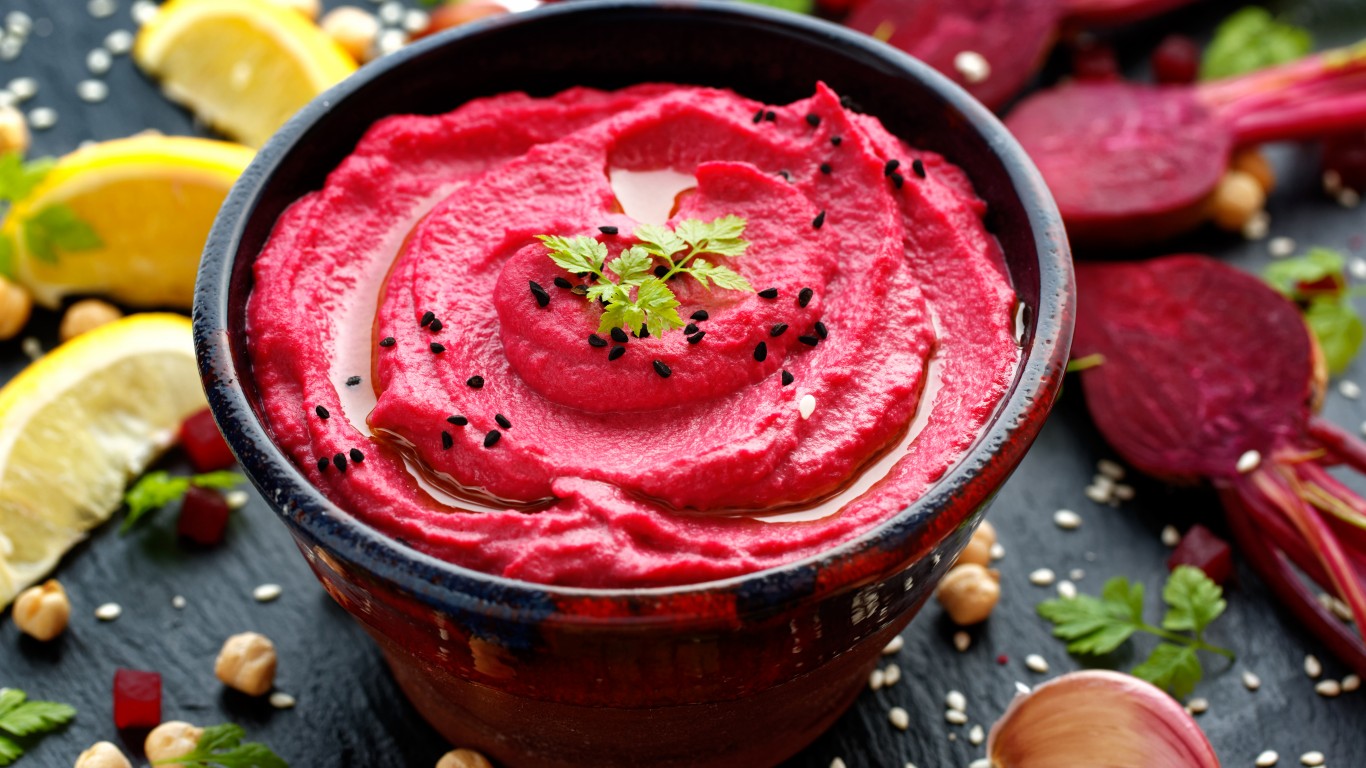
Extreme hummus
Hummus, the Middle Eastern purée of chickpeas, tahini (sesame paste), lemon juice, garlic, and sometimes various herbs or other seasonings, is ubiquitous these days, not only in restaurants serving the cuisines of the eastern Mediterranean but in lunch bags and on party platters all over America.
Beyond its traditional forms, though, hummus serves increasingly as a medium for unusual additions. Bavel in Los Angeles enriches it with duck ‘nduja (spicy Calabrian sausage); Arizona’s Pita Jungle chain gives it a Southwestern twist with cilantro, jalapeños, and pico de gallo. Meanwhile, versions with beets, chocolate, and other unlikely additions are showing up in grocery stores.

The new tea party
Pinterest identifies “vintage tea party” and “butterfly pea tea” as trending search terms (the latter refers to a dark blue caffeine-free herbal tea made from a Southeast Asian flower). The site predicts that afternoon tea will start to supplant the boozy happy hour. Fancy tea cups and even tea sandwiches are trending topics, too — and look for tea bombs to explode on the scene. These are isomalt spheres filled with tea bags and sometimes edible flowers or other ingredients. They’re placed into cups or mugs and boiling water is poured in; the isomalt melts and the enhanced beverage fills the cup.
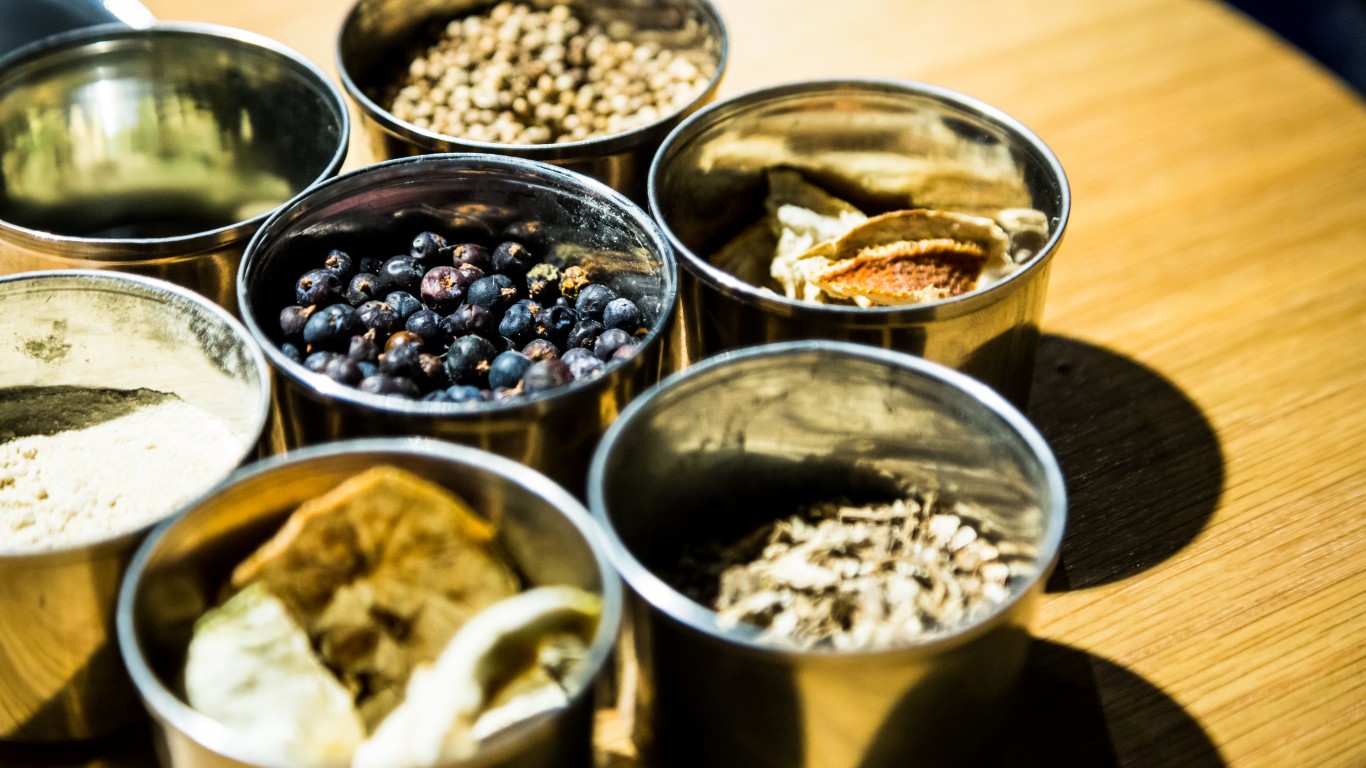
Gin with local flavors
“After long years of being unfashionable for all but a handful of brands, gin is finally cool again,” according to the alcohol industry trade magazine Market Watch. Gin and tonic is the trendiest of drinks among contemporary chefs in Spain; vintage gin cocktails like the Aviation, the French 75, and the Corpse Reviver #2 have become staples at hip bars across the land; the Negroni is so popular that some bartenders mix up half a dozen or more variations.
Industry analysts attribute much of gin’s new-found popularity to the craze for plant-based foods. Gin is typically flavored with a host of herbs and spices, making it a botanical powerhouse. Craft distillers are taking advantage of flexibility in the recipe for gin to incorporate local ingredients — sugar kelp in Isle of Harris Gin from Scotland, rock samphire in Mermaid Gin from England’s Isle of Wight, yuzu in a gin from Japan’s Kyoya distillery, figs in North Carolina’s Conniption Navy Strength Gin, and so on.
[in-text-ad-2]

More agave
It’s hard to believe today, considering the popularity of agave-based spirits, but 50 years ago, tequila was a novelty in America, seldom seen (or used) and mostly of mediocre quality, and 25 years ago there was only one brand of (middling) mezcal readily available here. Today, liquor stores, bars, and restaurants offer dazzling selections of both tequila and mezcal, to be mixed into ever more creative cocktails (adios, Margarita) and savored straight, and specialty outlets — tequilerías and mezcalerías — are opening everywhere. That’s just the beginning, though.
Two other hitherto obscure agave-based liquors — bacanora (from Sonora) and raicilla (from a corner of Jalisco, the tequila capital) are finding favor with American drinkers, as is sotol, a related spirit made from desert plants other than agave. Even pulque, a fermented but not distilled agave alcohol can occasionally be found here — in cans (though it’s far better freshly made).

Food with “roots” (heritage cooking)
Baum + Whiteman cites “heritage cooking” as a top trend for the year. SmartBrief reports that there are more and more social media searches for “authentic” and “heritage” recipes, and Pinterest sees increased interest in “ancestral eats.” Pinterest adds, “Simmer down, experimental chefs — we’re going back to basics.”
One manifestation of this trend to watch for: chefs who have been cooking avant-garde (or French, or American) cuisine taking their culinary training and applying it to dishes from their own ethnic backgrounds.
[in-text-ad]
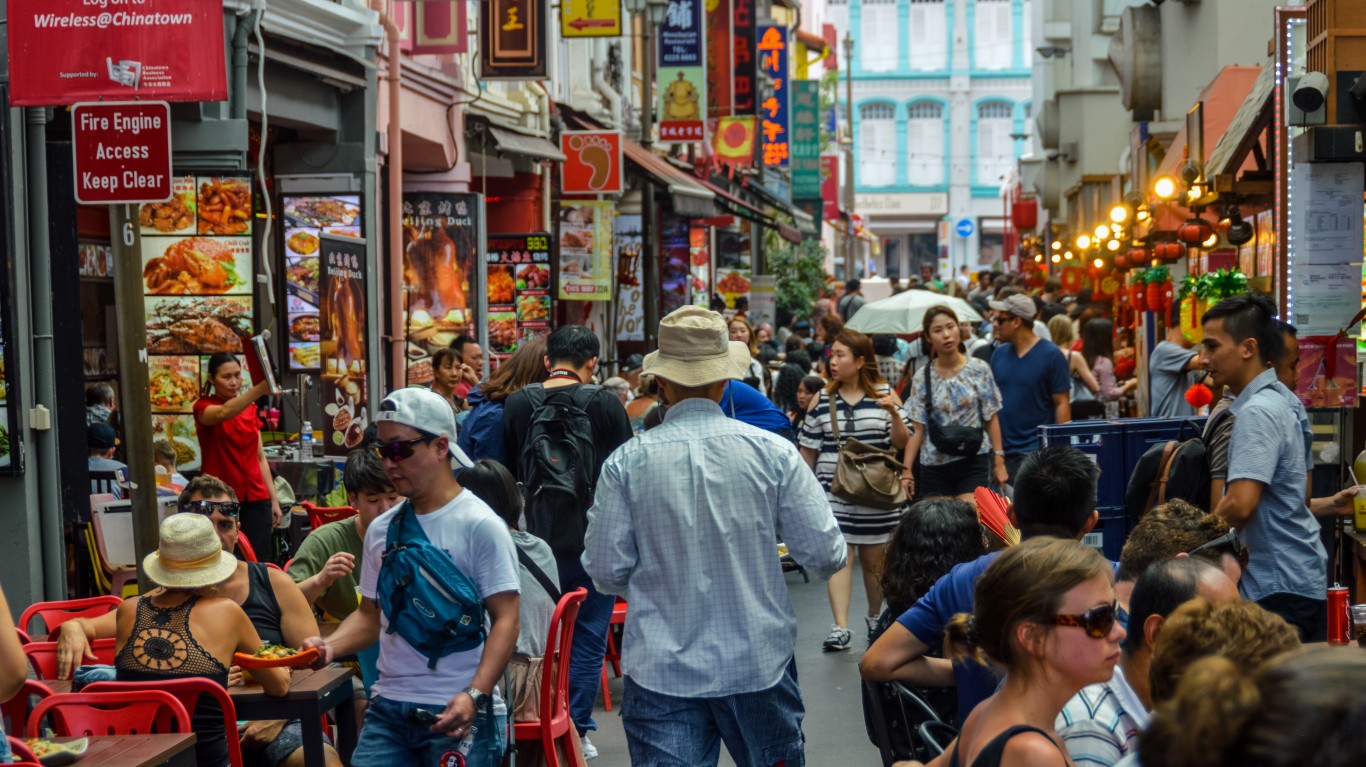
Singaporean cuisine
This wealthy and food-mad Southeast Asian city-state is famous for its blend of Chinese, Malaysian, and Indian cuisines, and above all for Peranakan (or Nyonya) cuisine, the cooking of the descendents of Chinese who immigrated to the region as much as 500 years ago. Carbonate food services agency calls the spicy Peranakan noodle dish laksa “the hottest dish of the year.” The National Restaurant Association also named Southeast Asian (including Singaporean) as its top global food trend for 2022. The late Anthony Bourdain planned to open a food court in New York City inspired by Singapore’s famous “hawker centers.”
The project unfortunately never came to fruition, but in the past few years, Singaporean restaurants have been appearing in New York and vicinity and elsewhere around the country, and Americans are being introduced not just to laksa but also to chili crab, chicken rice, bak kut teh (pork ribs in an herbal broth), and other Singaporean specialties.

Rethought room service
Room service can be problematic for hotels. It costs money, requiring additional facilities and staff (especially costly in high-wage cities) as well as investment in additional trays, napery, and dishware (since these items often remain in guest rooms for hours). Anyway, its use is in decline.
Some chains, like Hilton, are considering no-frills models, where meals are delivered in disposable containers or guests pick up their food in the lobby. Digital ordering and even robotic delivery are being introduced in some places. And some hotels are cutting to the chase and eliminating in-house room service altogether. The newly opened $4.3 billion Resorts World luxury resort, mall, and casino complex in Las Vegas, for instance, has handed its room service over to Grubhub, giving guests a choice of numerous restaurants in the area to order from.
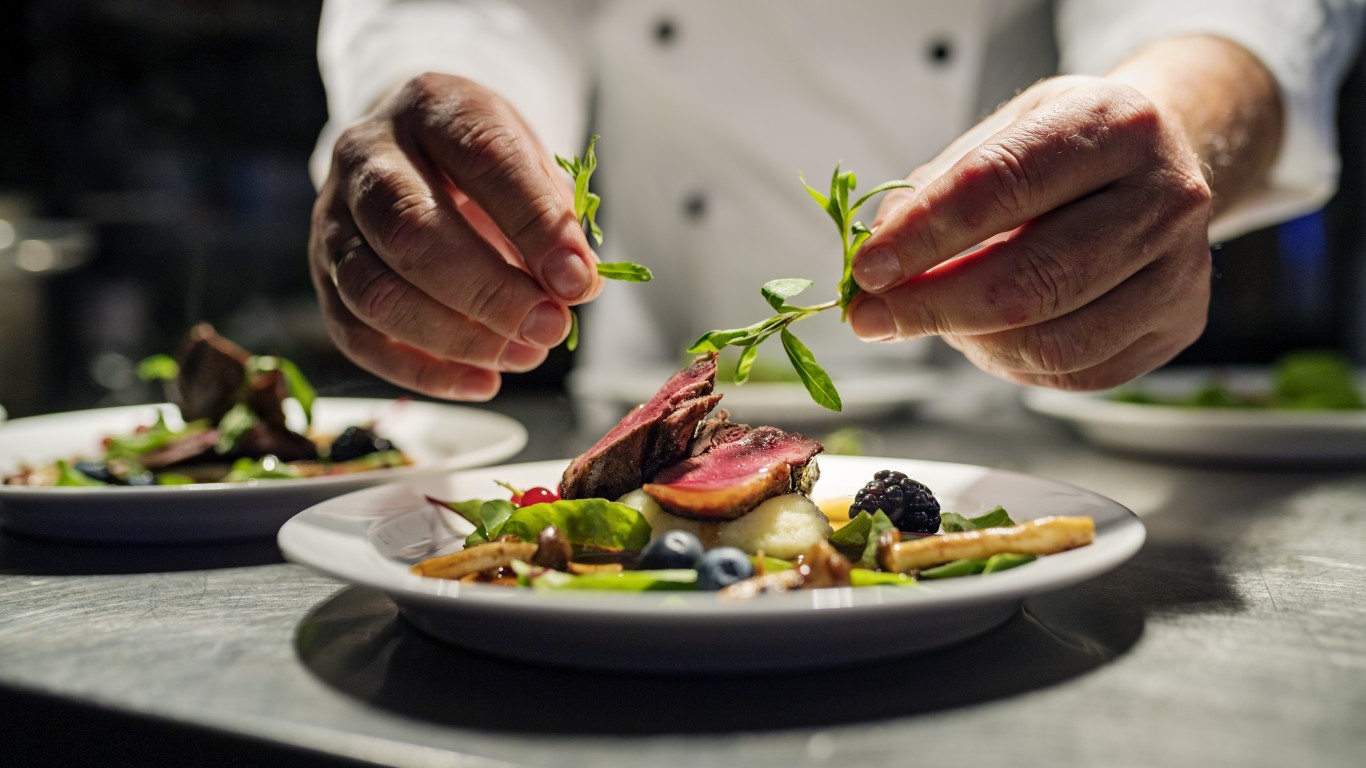
The persistence of fine dining
The death of fine dining — fancy restaurants, tasting menus, overly complex food — has been declared many times, especially since the onset of COVID-19. British food writer Tim Hayward wrote a story in the wine and spirits publication Club Oenologique back in June of 2020, for instance, headed “Coronavirus will kill off fine dining. It’s about time…” — though he ultimately proposed that the pandemic wouldn’t be the only cause of its demise, because “‘Gastronomy’ would always, eventually, have died of its pre-existing conditions — absurdity and irrelevance.”
Not so, says Baum + Whiteman. There’ll always be a clientele for upscale establishments, and while some prominent ones may have closed lately, “proportionately fewer … collapsed than restaurants lower down on the price scale….” Developers of high-end buildings will continue to finance them and the “five-percenters [and] business travelers spending someone else’s money” will always be there to pay the check — at least for now.
Are You Ahead, or Behind on Retirement? (sponsor)
If you’re one of the over 4 Million Americans set to retire this year, you may want to pay attention.
Finding a financial advisor who puts your interest first can be the difference between a rich retirement and barely getting by, and today it’s easier than ever. SmartAsset’s free tool matches you with up to three fiduciary financial advisors that serve your area in minutes. Each advisor has been carefully vetted, and must act in your best interests. Start your search now.
Don’t waste another minute; get started right here and help your retirement dreams become a retirement reality.
Thank you for reading! Have some feedback for us?
Contact the 24/7 Wall St. editorial team.
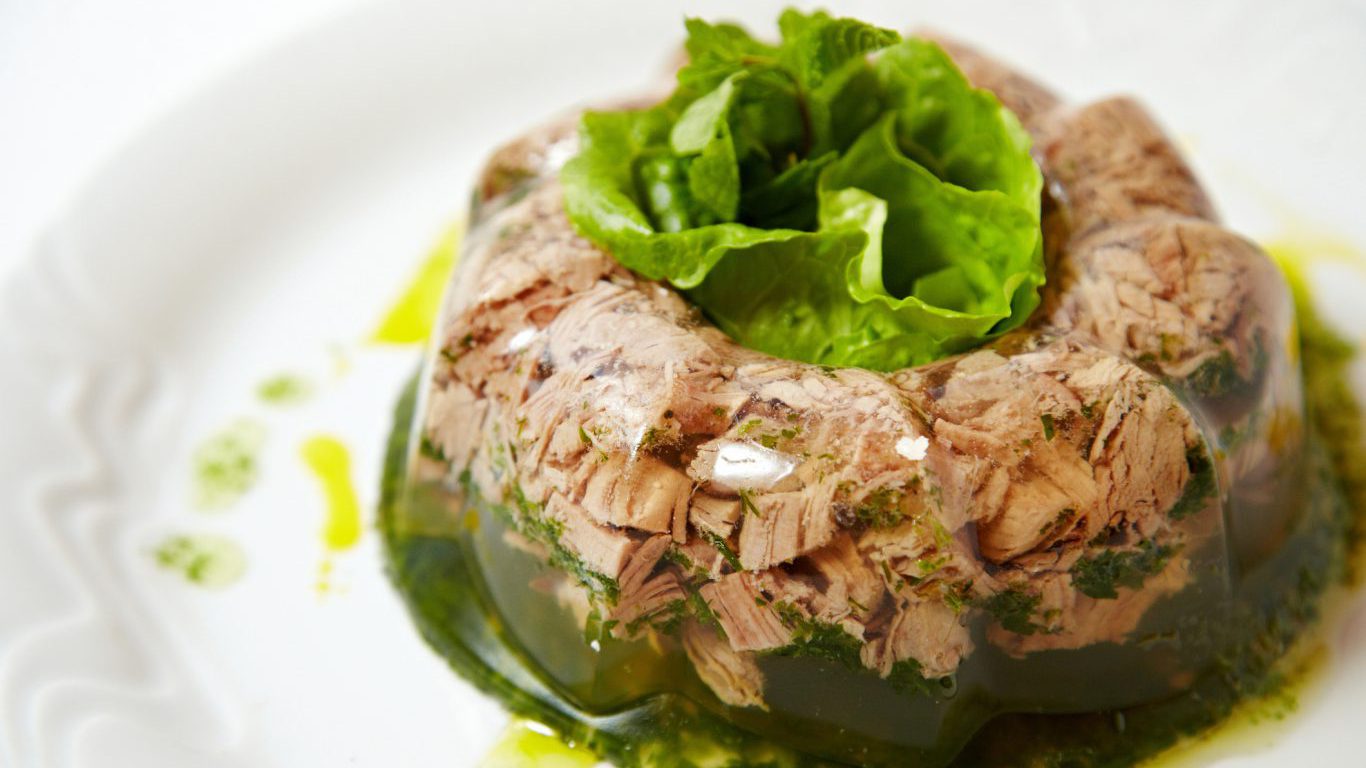 24/7 Wall St.
24/7 Wall St.

